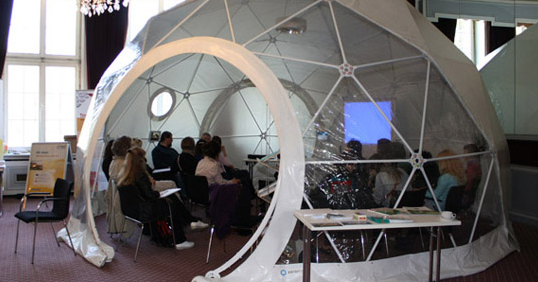Example
Historical Sciences and Archaeology
Исторические науки и археология
UDC 93/94
«Dead Men Attack» (Osovets, 1915): Archive Sources Approach
1 Alexander А. Cherkasov
2 Alexander А. Ryabtsev
3 Vyacheslav I. Menjkovsky
1 Sochi State University, Russia
26а, Sovetskaya Street, Sochi city, Krasnodar Krai, 354000
Dr. (History), Professor
E-mail:
2 Sochi State University, Russia
26а, Sovetskaya Street, Sochi city, Krasnodar Krai, 354000
PhD (economic), Assistant Professor
3 Belarusian State University, Belarus
4, Nezavisimosti Ave., 220030, Minsk
Dr. (History), Professor
E-mail:
Abstract. The article, basing itself on archive materials, attempts to examine one of the chapters of the history of World War I, namely, the so-called “dead men attack” during the Osovets Tower (westward of Bialystok, within the territory of modern Poland) defense by Russian troops in 1915, and reconstructs the battle, specifies the attack, rather than the counterattack conditions, and introduces new archive sources for scientific use.
Keywords: «Dead men attack»; chemical weapons; gases; World War I; 24 July/6 August; 1915; the 226th Infantry Regiment Zemlyansky; Russian Imperial Army.
Introduction. The history of World War I contains many blank pages. «Dead men attack» is the unprecedented attack by the 13th company of the 226th Infantry Regiment Zemlyansky during the Osovets Tower defense. This theme is poorly developed in domestic and post-Soviet historiography, and there are only a few eyewitnesses' recollections and publications in newspapers. The symbiosis of these sources formed the face of the battlefield and penetrated into many historical and scientific web-sites, Wikipedia and journals.
Materials and Methods. The major source for this article is the 226th Infantry Regiment Zemlyansky unit diary, which is kept in the Russian State Military Archive (Moscow, Russia). Source information, concerning these events, was collected from open source resources, namely on science websites, Wikipedia and journal publications. Methods. The article uses a historical-situational method, which supposes historical facts studied in the context of an examined epoch as an aggregate with adjacent events and facts.
Discussion. It has already been mentioned that the theme of «dead men attack» is widely represented on the Internet, including Wikipedia - and in periodicals [1]. The Osovets Tower received the unofficial name of the “Brest” Tower during World War I. Despite the fact, that researchers in the preceding period managed to reconstruct many characteristics of the attack, the overall picture demands adjustment...
In conclusion it should be noted that today it is quite difficult to reconstruct the battle without German archive documents – namely, war diaries. These documents would allow the determination of the German troops losses and the German view of events. However, we feel that by using the archive sources we have managed to retrieve the names of the Russian Army commanders and, with the help of their evidence, present the battle's details. The resulting description allowed us to consider “dead man attack” as a successful counterattack on the part of Russian troops.
References:
1. Shaparenko, Valeriay V. (2012) Is a Russian Idea Possible in Russia? Bylye Gody 23 (1), pp. 71-76;
УДК 93/94
«Атака мертвецов» (Осовец, 1915 г.):
взгляд через призму архивных источников
1 Александр Арвелодович Черкасов
2 Александр Александрович Рябцев
3 Вячеслав Иванович Меньковский
1 Сочинский государственный университет, Россия
354000, Краснодарский край, г. Сочи, ул. Советская, 26 а
Доктор исторических наук, профессор
E-mail:
2 Сочинский государственный университет, Россия
354000, Краснодарский край, г. Сочи, ул. Советская, 26 а
Кандидат экономических наук, доцент
3 Белорусский государственный университет, Белоруссия
220030, Минск, пр.Независимости 4
Доктор исторических наук, профессор
E-mail:
Аннотация. В статье на основе архивного материала сделана попытка рассмотреть одну из страниц истории Первой мировой войны, а именно, так называемую «атаку мертвецов» в период обороны русскими войсками крепости Осовец (Западнее г. Белостока, на территории современной Польши) в 1915 г. Восстановлена картина боя, уточнены обстоятельства атаки, а точнее контратаки. Введены в научный оборот новые архивные источники.
Ключевые слова: «Атака мертвецов»; химическое оружие; газы; Первая мировая война; 24 июля/6 августа 1915 г.; 226-й Землянский пехотный полк; Русская императорская армия.







